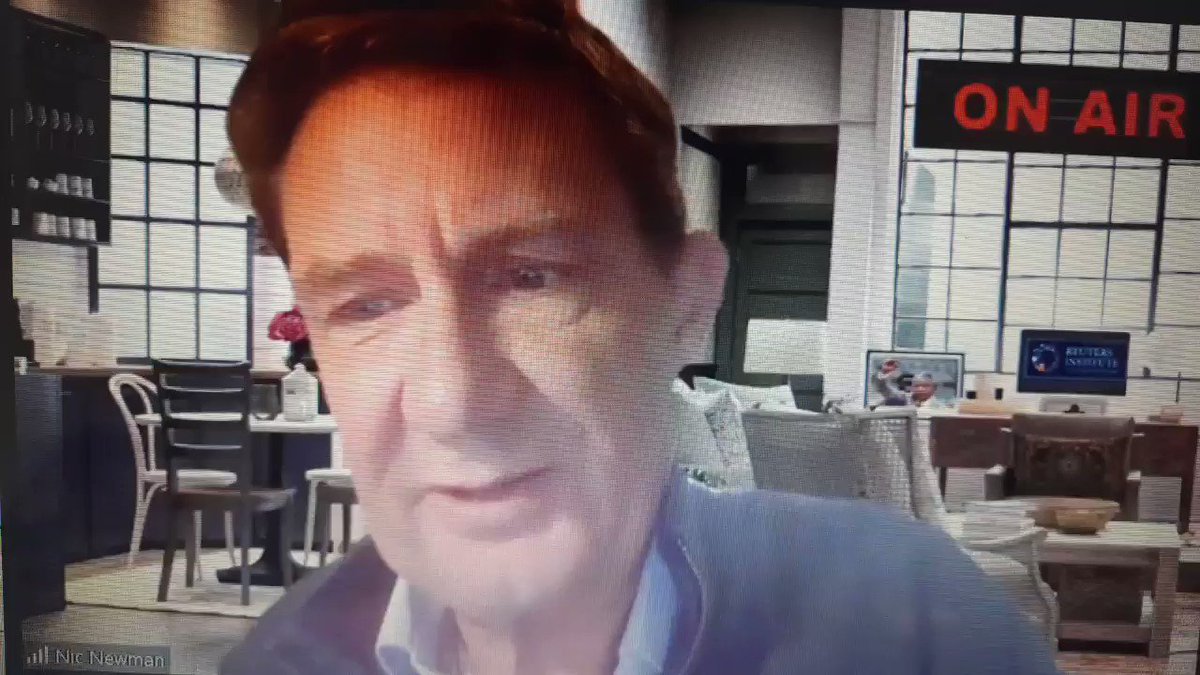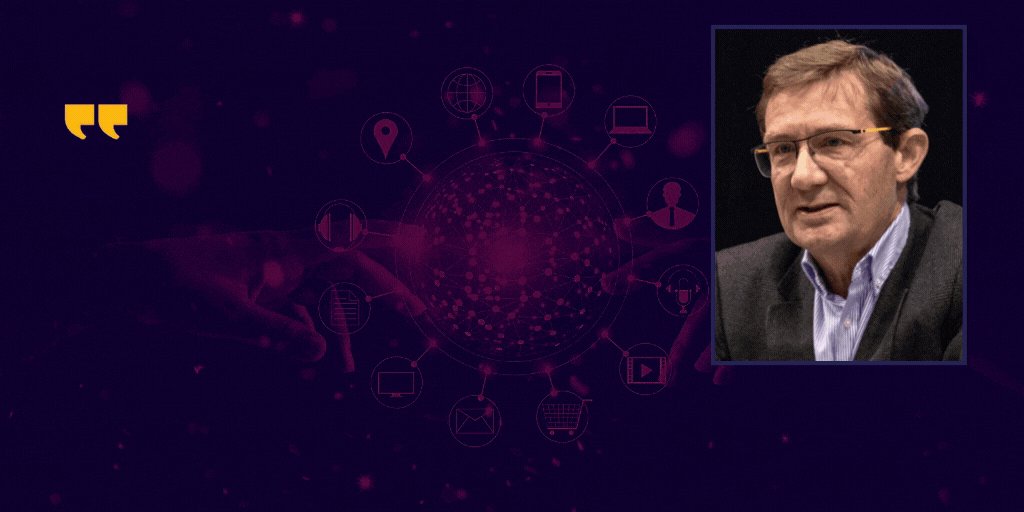Suyashi Smridhi
5:22
5:23
5:25
5:26
5:27
5:29
5:30
5:31
5:33
5:36
5:38
5:39
5:40
5:42
5:44
5:45
5:46
5:48
5:50
5:54
5:55
5:56
Connecting…







